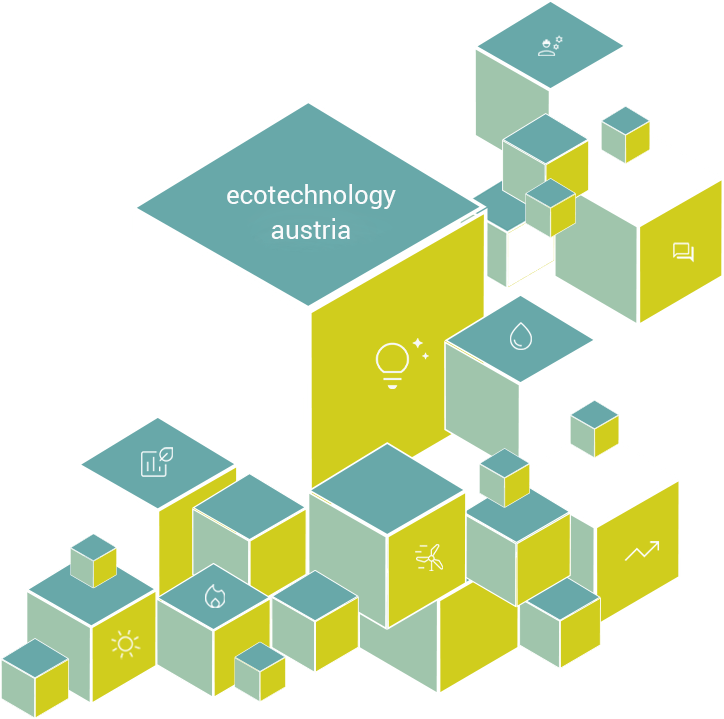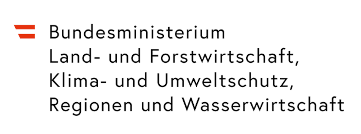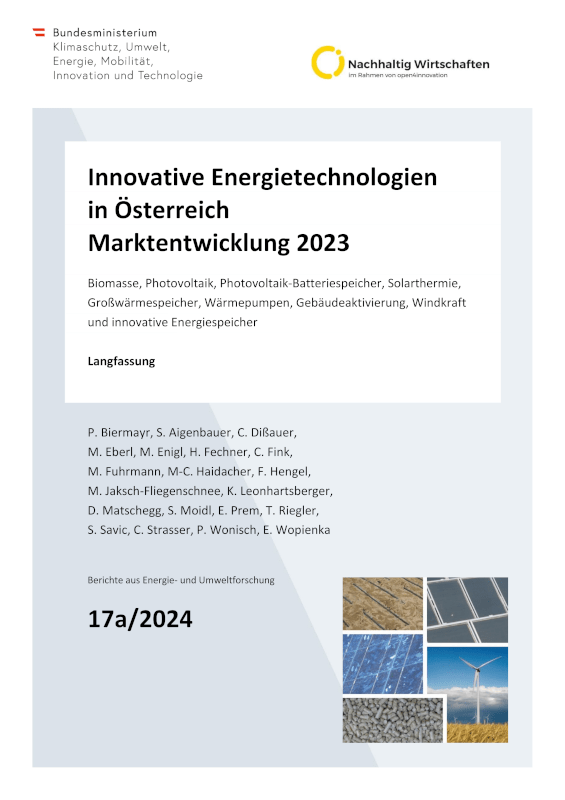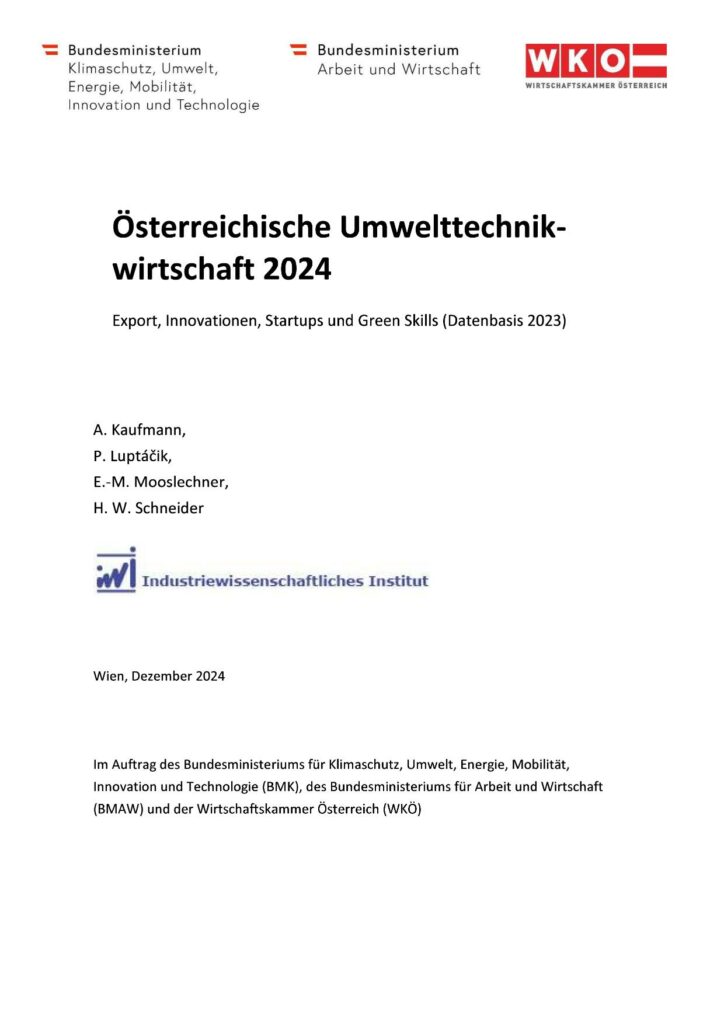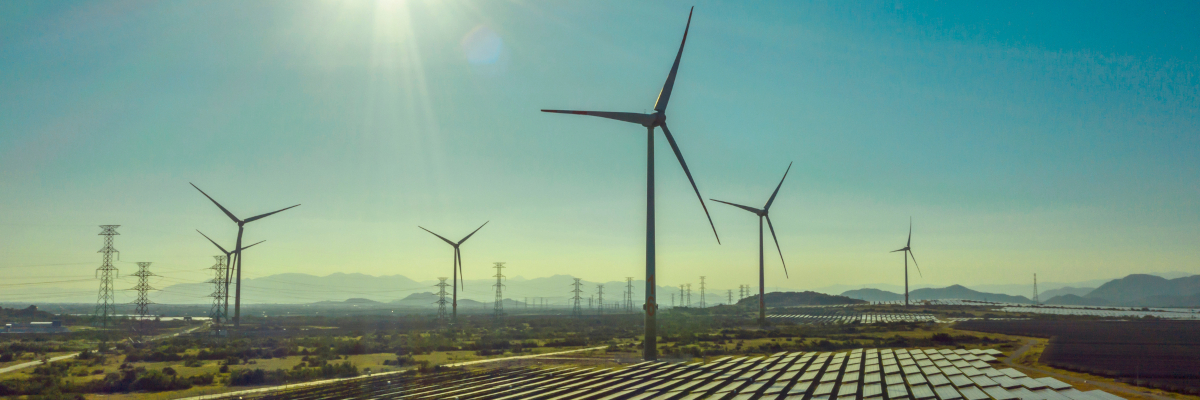Die österreichische Umwelttechnikindustrie gehört seit Jahren zu den innovativsten der Welt und wächst schneller als die heimische Wirtschaft insgesamt.
Innovative Energietechnologien in Zahlen
Umwelttechnologien in Zahlen
Österreich hat sich als Standort einer sehr innovativen und
wachstumsstarken Umwelttechnikindustrie etabliert.
Die Branche sichert Umwelt- und Lebensqualität, Wohlstand, Wertschöpfung und Arbeitsplätze.
15,24 Mrd. EUR Umsatz
Die Umwelttechnik-Wirtschaft erwirtschaftete 2019 mit mehr als 2.700 Umwelttechnik-Unternehmen (Industrie und Dienstleister) und rund 51.500 Beschäftigten einen jährlichen Umsatz in Höhe von 15,24 Mrd. EUR.
139.000 Arbeitsplätze
Jeder Arbeitsplatz innerhalb der Umwelttechnik-Wirtschaft sichert das Einkommen von ein bis zwei Erwerbstätigen in anderen Branchen ab: Über die gesamte Volkswirtschaft gerechnet verantwortet diese Branche mehr als 139.000 Arbeitsplätze.
Stärkt Wettbewerbsposition
Diese Branche trägt heute bereits weltweit zu Umwelt- und Klimaschutz bei, schafft Arbeitsplätze und stärkt die österreichische und europäische Wettbewerbsposition und zeichnen sich durch Wachstum in den letzten Jahren aus.
Robust trotz Pandemie
Trotz der negativen Auswirkungen der Pandemie zeigte sich die Umwelttechnik-Wirtschaft wesentlich robuster als andere Wirtschaftssektoren in Österreich (Datenbasis 03 – 09/2020).
Wachstumsraten erwartet
Zwei Drittel der Unternehmen erwarten für das Jahr 2023 bei Beschäftigung und Umsatz wieder klar positive Wachstumsraten, beim Umsatz wird eine durchschnittlich jährliche Wachstumsrate wie vor der Krise (2019) erwartet. Dieser Erfolg der Unternehmen liegt auch in einer konsequenten und engagierten österreichischen Umweltpolitik begründet.
Östereich an Spitzenposition
Österreich nimmt vor allem im Bereich der energetischen Nutzung von Wasserkraft, Biomasse, Solarthermie, im Bereich des ökologischen Bauens aber auch in klassischen Umwelttechnikbranchen wie z.B. dem Wasser- und dem Abfallmanagement eine internationale Spitzenposition ein.
Investitionen in F&E
Investitionen in Forschung und Entwicklung sind zentrale Faktoren für kontinuierliches Wachstum, Produktivität und Festigung der Wettbewerbsfähigkeit österreichischer Unternehmen.
F&E Highlights
Die Entwicklungen in der Passivhaustechnologie, im Abfallmanagement bzw. in der Kreislaufwirtschaft, den erneuerbaren Energietechnologien sowie bei Ressourceneffizienz und im Energieeffizienzbereich sind hier besonders hervorzuheben.
Neue Zielmärkte
Umwelttechnologieunternehmen haben F&E längst als Türöffner erkannt, um vom Standort Österreich aus mit verschiedenen Initiativen des Bundes (z.B. Exportinitiative Umwelttechnologien“) neue Zielmärkte anzugehen.
Förderungen als Treiber
Als wesentliche Treiber für die erfolgreichen Öko-Innovationen „Made in Austria“ und das Wachstum der heimischen Umweltwirtschaft fungieren neben gesetzlichen Vorgaben vor allem zielorientierte, staatliche Förderungsprogramme

